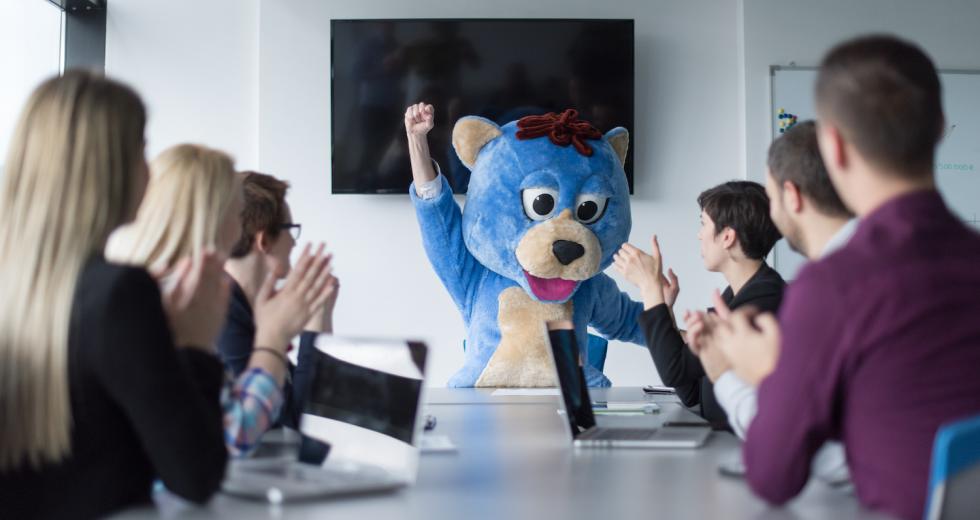It has long been recognized that all work and no play is likely to lead to less productive, dissatisfied workers. As far back as the 1930s, management researchers such as Elton Mayo and Mary Parker Follett noted that aspects of human nature, such as relationships, were important motivating factors in the workplace. It was a radical departure from Henry Ford’s assertion that “men work for two reasons. One is for wages, and one is for fear of losing their jobs”.
There was no time for fun in the early-1900s stopwatch driven world of scientific management and the efficiency movement. But the script for the workplace as a fun environment was rewritten by numerous Silicon Valley start-ups during the dot-com boom. They are now epitomized by the office perks that come with tech companies like Google. These encompass, variously: music and art studios, mini-golf courses, ping pong tables, foosball, climbing walls and even nap pods.
Besides making working lives more enjoyable, there is strong evidence that fun in the workplace packs a powerful punch in terms of organizational benefits. For example, I researched the restaurant industry (in collaboration with John Michel from Loyola University and Michael Tews from Penn State in the US), an environment with more than 60% employee turnover annually, and found that workers who socialized more in the workplace and who saw their co-workers and the workplace as more fun were less likely to leave.
Fun in the workplace can also foster more positive attitudes, help teams become more cohesive, and help people deal with or recover from stressful work experiences, while also developing stronger relationships.
So how can firms create a suitably pro-fun culture and environment, with the appropriate activities, in order to capture these benefits? One important lesson for managers is that fun in the workplace is highly subjective. Some employees might look forward to meeting their co-workers for happy hour, viewing it as a chance to have fun and build camaraderie and team spirit. For others, however, the thought might fill them with dread.
That is why managers must consider how people view an activity that they may ostensibly intend to be fun before, during and after the activity. Our research has identified a range of factors that affect the way people judge events to be fun or not.
1. Make Fun Voluntary
The more voluntary an activity, the more likely it is people will see it as fun and enjoy participating. But that means truly voluntarily, as opposed to an activity that is technically voluntary, but where people still feel pressure to engage in some way.
2. Fun From the Top
Workers are also likely to value fun in the workplace more highly if managers and leaders are supportive of fun. In simple terms, it is the difference between a manager who, as everyone runs to the break room to have birthday cake, signals “great, let’s all go and celebrate and then we will get back to work”, and one that mutters “here we go again, people are going to get distracted and we will lose 30 minutes of work time”.
As organic fun is more effective than manufactured fun, it makes sense for managers to create an environment where employees initiate and organize various fun activities as much as possible, as opposed to managers and leaders driving it from the top down.
Pressure of work is also a factor. Employees with a heavy workload may view fun events as obstacles in their schedule.
3. Recognize Different Personalities
Personality traits are important. Optimistic people with a positive approach to life are more likely to treat fun activities favorably. Organizations that have a strong culture of fun and believe in the benefits of hiring people that fit the culture of their organization are more likely to have employees who share fun as a common value. Those employees are more likely to have a positive perspective on fun events.
4. Types of Fun
The type of activity makes a difference. The research I’ve mentioned suggest events involving food, celebrations of personal milestones and workplace outings are best received. Avoid events where people risk making a fool of themselves in front of their co-workers.
But companies can also design physical spaces that are conducive to socializing and interaction in the workplace (yes, even on work time). They can also use onboarding and newcomer orientation as an opportunity to show that the organization is open to fun and wants to foster those types of interaction. It may be worthwhile to allow an employee to specifically champion fun in the workplace and take a lead on those activities.
Millennials and Generation Z are the leaders, managers and workers of the coming decades. They are characterized by a willingness to blur the boundaries between work and non-work and a desire to be their authentic selves in their working lives. They are also mobile and restless.
When it comes to the competition for talent and building great teams with engaged workforces, those organizations that provide an environment in which employees are able to have some fun are likely to have the last laugh.
—
David Allen is a professor at the Warwick Business School.
This commentary originally appeared on TheConversation.com. To get more academic and business insight, sign up for The Conversation’s newsletter by clicking or tapping here.




